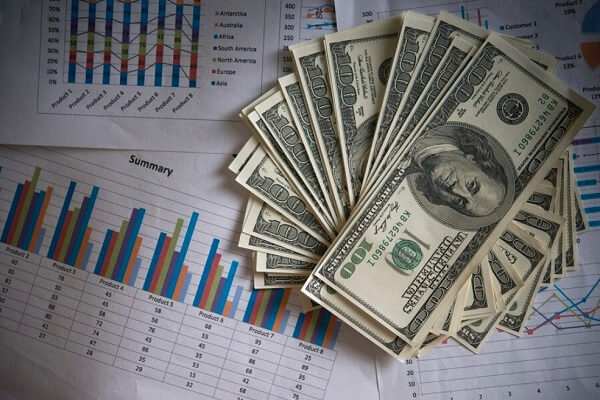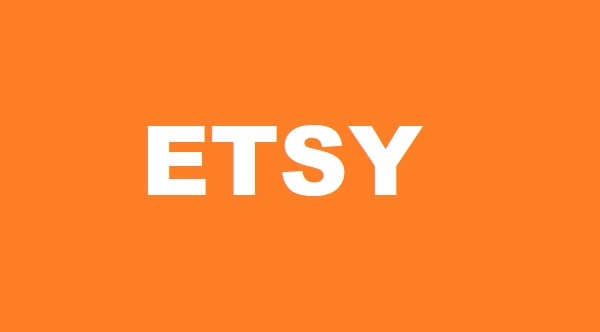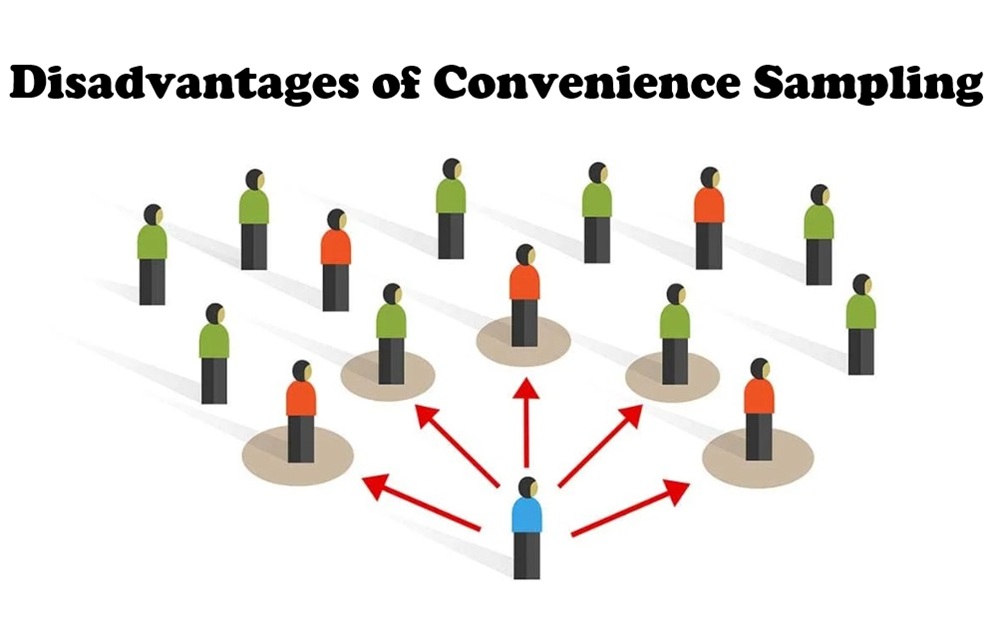If you’ve ever browsed Etsy for unique handmade goods or vintage treasures, you may have wondered how the platform actually makes money. In this article, we’ll delve into the inner workings of Etsy’s business model to uncover the various revenue streams that contribute to its success. From listing fees and transaction fees to advertising and subscription services, Etsy employs a range of strategies to generate income and sustain its operations.
By understanding how Etsy monetizes its platform, we can gain valuable insights into the dynamics of e-commerce and the evolving landscape of online marketplaces. So, let’s explore the interesting world of Etsy and uncover the secrets behind how this popular marketplace turns a profit.
What is Etsy
Etsy is an online marketplace where people can buy and sell unique and special items. It’s like a big virtual market where you can find handmade, vintage, or custom-made things. For example, you can discover beautiful jewelry, furniture with character, tools for DIY projects, colorful art pieces, trendy clothing, cozy home decorations, craft supplies for your hobbies, cute mobile accessories, pretty paper products, and even fun party supplies.
What makes Etsy special is that it’s not just about buying and selling; it’s also a community of artists, designers, and crafters who share their talents and creations. Many small businesses and independent sellers use Etsy to reach customers worldwide. With millions of visitors every month, Etsy has become a go-to place for finding one-of-a-kind treasures.
Etsy’s Origins and Evolution
This huge American company, Etsy, started in 2005 when three friends named Rob, Chris, and Haim decided to create a place where people who make things by hand could sell them to others. They started it in a small apartment in Brooklyn, New York. When Etsy first began, it made $1 million from selling things people crafted themselves. Over time, Etsy grew bigger and bigger. By 2019, it was making $5 billion in sales!
Etsy became so successful that it changed from being a private business to being a company that anyone could buy a part of on the stock market. As of March 31, 2023, Etsy’s online markets connect almost 8 million people who sell things and nearly 96 million people who buy things, and they’re from almost every country in the world.
How Does Etsy Work?
Etsy operates as an online marketplace, connecting sellers with buyers globally. It stands out for offering handcrafted, non-branded, and unique items, often exclusive to the platform. Buyers can explore diverse categories like:
- Home & Living
- Clothing & Shoes
- Jewelry & Accessories
- Toys & Entertainment
- Art & Collectibles
Signing up as a merchant is simple, facilitating the addition of more sellers and products. Sellers have the option to use Etsy’s services for payments, storage, and shipment, competing with similar platforms like eBay and Poshmark. Additional seller features include forums and Etsy Teams for collaboration. The marketplace is accessible via the company’s website or through downloadable apps on Apple’s App Store and Google’s Play Store.
How Does Etsy Make Money
Listing Fees

Etsy charges sellers a small fee each time they list an item for sale on the platform. This fee ensures that the products listed by sellers reach a wide audience of potential buyers. When sellers create a new listing for their handmade, vintage, or custom-made items, they pay this fee to Etsy. These listing fees serve as a source of revenue for Etsy, helping to cover the costs of maintaining the platform and providing services to sellers.
By charging listing fees, Etsy encourages sellers to carefully consider the items they list and helps ensure that the platform remains populated with high-quality and desirable products. In this way, listing fees contribute to Etsy’s overall financial success while also providing sellers with a platform to display their creations to a global audience.
Transaction Fees
Etsy makes money through transaction fees by taking a small commission on each sale made through its platform. As of April 2023, Etsy charges a 6.5% transaction fee on each sale, which includes the price of the product, shipping, and gift wrapping. Additionally, sellers pay a $0.20 listing fee for each item they list on the platform. On top of these fees, Etsy also charges an additional 3% plus $0.25 fee for processing payments, which may vary depending on the country. These transaction fees collectively contribute to Etsy’s revenue stream.
For most sellers, Etsy fees typically make up about 20% of their total costs. This transaction fee structure incentivizes sellers to maximize their sales, as Etsy only earns money when transactions occur.
Advertising and Promotion Fees
Etsy makes money through advertising and promotion fees by offering sellers the option to promote their listings for increased visibility. Sellers pay Etsy a fee to utilize these advertising services, which help showcase their products to a larger audience. By investing in advertising, sellers can attract more potential buyers and boost sales. Etsy uses the revenue generated from these fees to cover the costs of running the platform and providing additional services to sellers. This advertising model benefits both sellers, who gain exposure for their products, and Etsy, which earns revenue from providing these promotional opportunities.
Subscription Fees
Similarly, subscription fees is another way it makes money. It offers the customers with premium seller subscription plans. These plans provide sellers with extra features and tools to help them manage and grow their businesses on the platform. Sellers pay a monthly fee to access these enhanced features, which may include advanced analytics, customizable storefronts, and promotional tools. By paying for a subscription, sellers can improve their visibility and sales potential on Etsy. This steady stream of subscription fees help Etsy earn money and support sellers in selling successfully on the platform.
Other Services
Etsy makes money through various other services it offers to sellers on its platform. These services include:
Pattern: Sellers can create personalized websites for their businesses using Pattern. They pay a fee for this feature, which provides them with a unique online storefront to showcase their products and brand.
Additional Seller Services: Etsy offers various additional services to sellers, such as:
- Shipping labels
- Customization options
Sellers may also pay fees for these services, which provide valuable tools and resources to help them manage and grow their businesses more effectively. By charging fees for these services, Etsy diversifies its revenue streams while offering sellers the support they need to succeed on the platform.
Is Etsy Legit?
Yes, Etsy is considered legit. It’s a legitimate online marketplace where people can buy and sell handmade, vintage, and unique items. Many sellers on Etsy are independent artisans or small businesses who create and sell their own products. However, as with any online platform, it’s important for buyers to be cautious and read reviews before making purchases to ensure the quality and authenticity of the products.
How to Make Money on Etsy
Here is a step-by-step guide to making money on Etsy:
- Create an Etsy shop with a unique name and fill out your profile.
- Select a focused product category, like craft supplies or vintage goods.
- Create listings with clear photos, descriptions, and competitive prices.
- Use relevant keywords to improve visibility in Etsy searches.
- Respond promptly to messages, ship orders quickly, and resolve issues professionally.
- Experiment with paid Etsy ads to boost visibility.
- Use Etsy analytics to track sales and adjust strategies.
- Maintain professionalism and offer high-quality products for long-term success.
Is Etsy Safe?
Generally, Etsy is considered safe to use. The platform has security measures in place to protect users’ personal information and financial transactions. Etsy also has policies and guidelines to prevent fraudulent activity and scams. However, it’s always wise for users to exercise caution when making online purchases and to be mindful of sharing sensitive information. Reading reviews, checking seller ratings, and using secure payment methods can help ensure a safer shopping experience on Etsy.
In a Nutshell
Etsy stands as a vibrant online marketplace, connecting creative sellers with enthusiastic buyers worldwide. Through its unique blend of handmade, vintage, and custom-made items, Etsy fosters a community where individuality thrives. With its diverse revenue streams, including listing and transaction fees, advertising options, subscription plans, and additional services, Etsy continues to empower sellers while offering shoppers an unparalleled shopping experience.
As a legitimate and safe platform, Etsy opens doors for artisans, crafters, and small businesses to showcase their talents and find their audience, making it a beloved destination for one-of-a-kind treasures.




